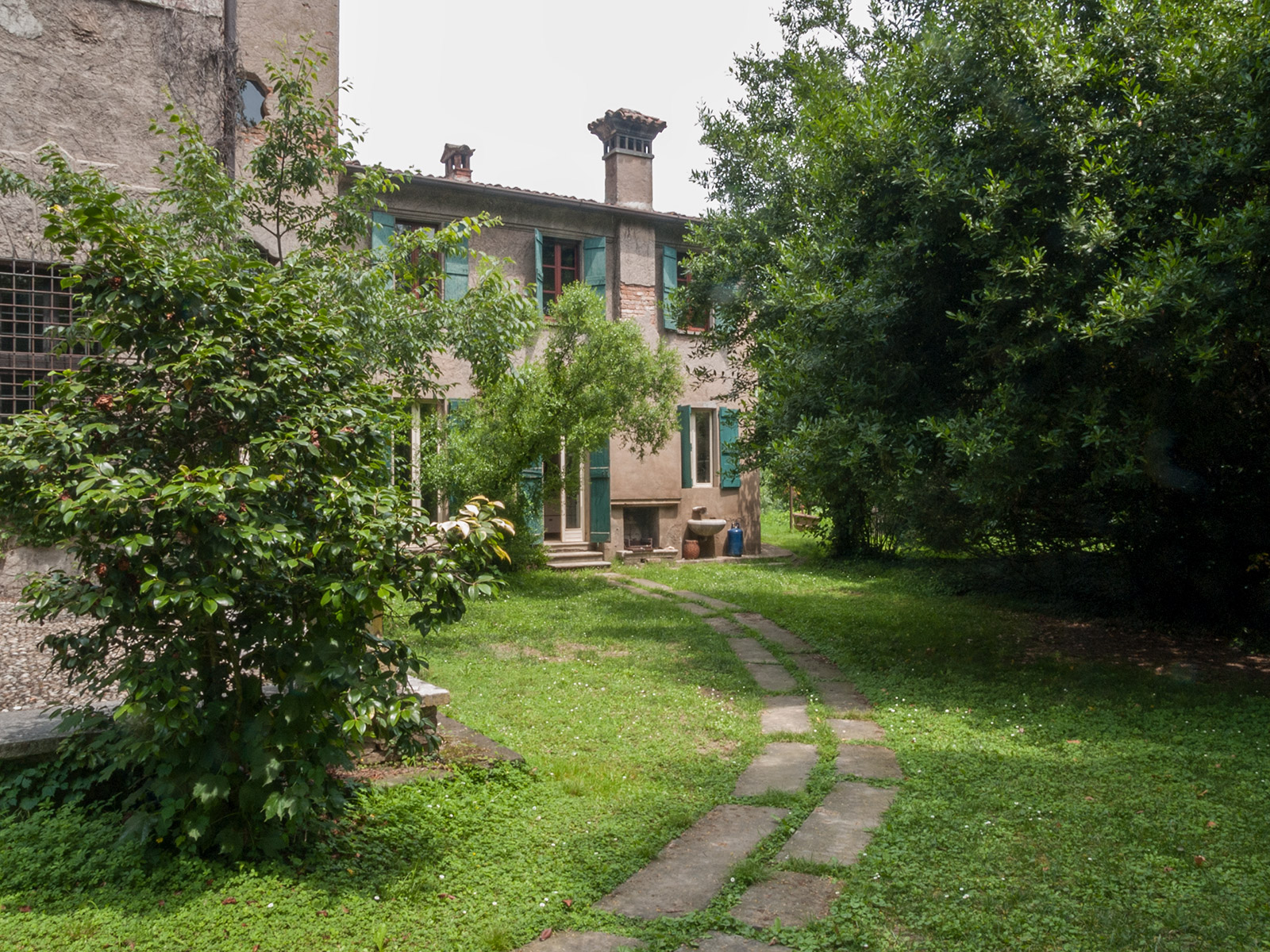
If there’s an air of timeless sophistication about Luca Guadagnino’s swooning coming-of-age romance, Call Me by Your Name, it surely stems from the grand 17th-century mansion where the majority of the story unfolds.
The film is both a faithful adaptation of André Aciman’s 2007 novel and a personal love letter to the Lombardian countryside where the Italian filmmaker lives. It was Guadagnino’s intimate knowledge of the region that led him to Villa Albergoni in Moscazzano near Crema, which he tasked his close friend and frequent collaborator Violante Visconti di Modrone with dressing for the film.
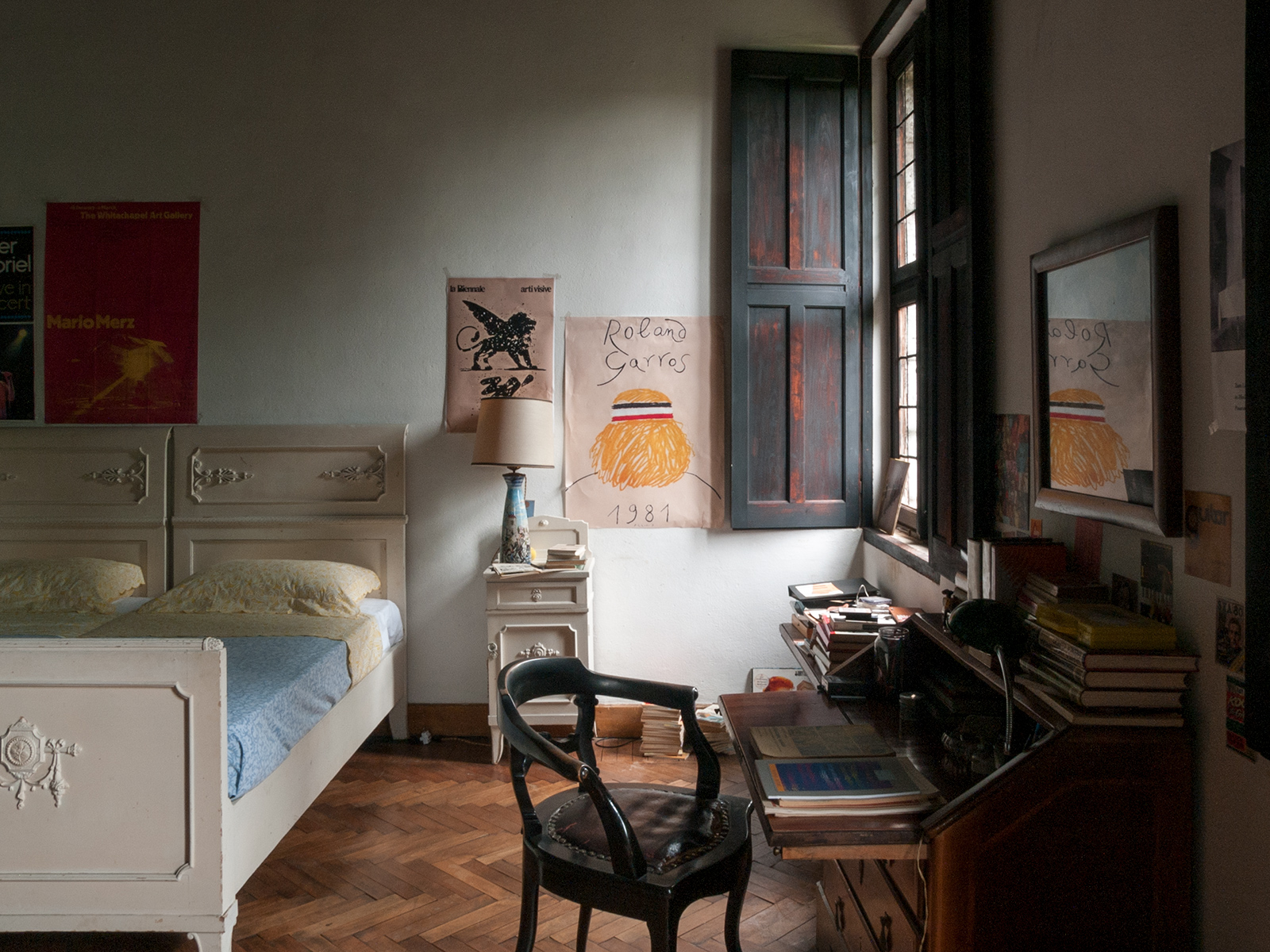
What direction did Luca give you with regards to the set design?
Luca and I have been friends for quite a long time, so we have a good understanding of what each other likes and doesn’t like. After he sent me the book we visited the house and started to plan how it should look, what should go where. The film is set in 1983, so Luca and I talked a lot about the specific time period, how we were going to recreate that – in Elio’s room, for example, you see various ’80s references.
Luca also wanted the villa to feel like a family home that was really loved by its owner. I wanted to convey the feeling of time passing, that people were there long before this family. There was a sofa I sourced which he thought was too old and too shabby, and my response was to describe how its age conveyed this feeling of time passing.
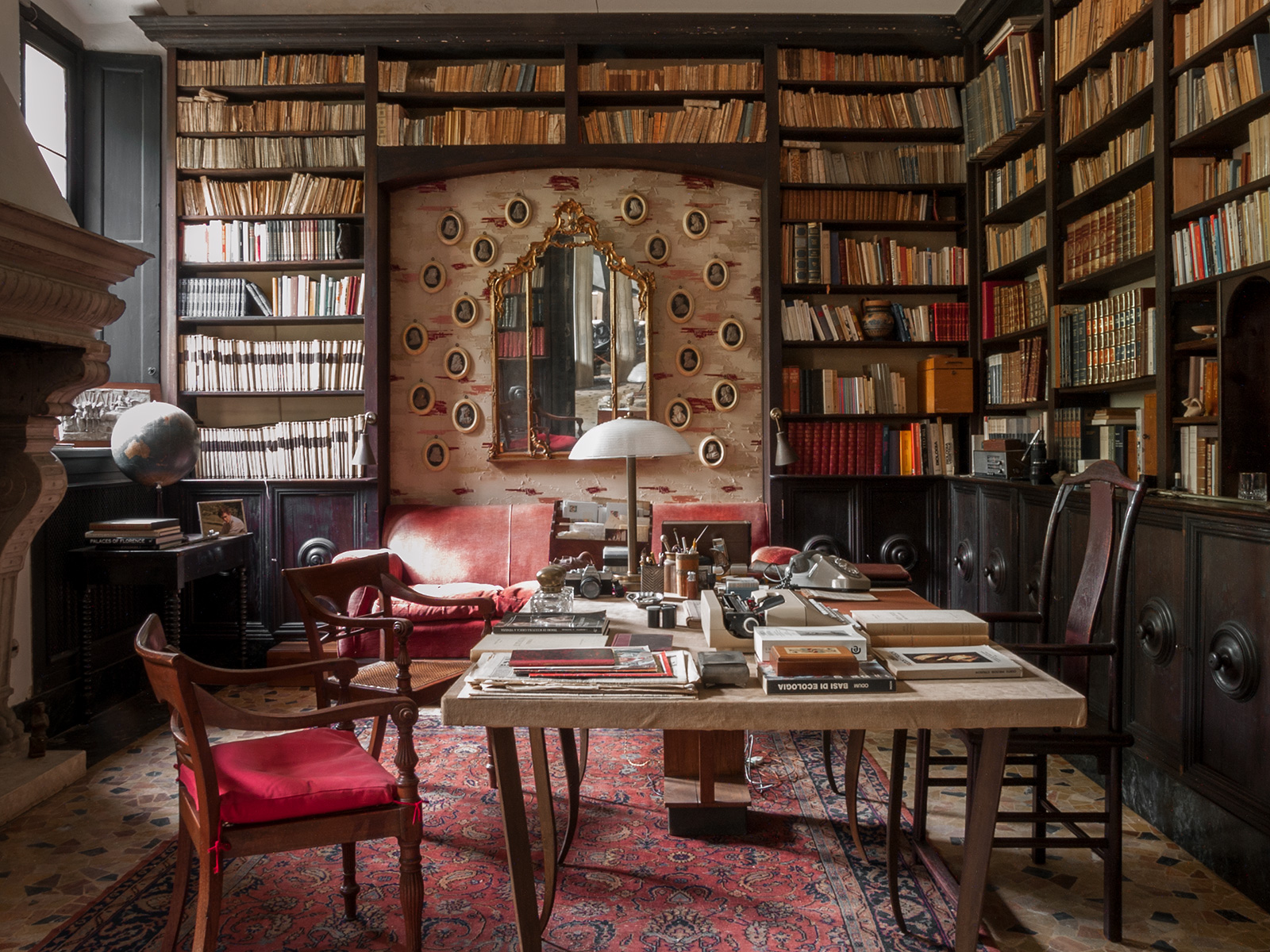
Were there any constraints you had to work around?
One of the biggest challenges was transforming the austerity of the house into something warm and cosy and full of life. All the furniture and the paintings were chosen to reflect this family, which is a very intellectual and international family; their love of art and history and music. They’re very open and open-minded, so it made sense to fill each room with many different objects from different cultures and periods.
The villa was basically empty when we first went in, so I had to work out how we were going to do this in such a short space of time – we only had three weeks from sourcing the props to finishing the decoration. You don’t just have to put the furniture in, you have to decide what colour you want to paint the walls and what to hang where. We found this large old map which we put up in the entrance hall, which was exactly what was needed to set the tone as soon as you step foot inside.

Photography: Giulio Ghirardi

The Perlmans’ bedroom. Photography: Giulio Ghirardi

Timothée Chalamet in a scene from Call Me by Your Name. Photography: Sony Pictures

Timothée Chalamet and Armie Hammer in a scene from Call Me by Your Name. Photography: Sony Pictures
What was your favourite room to work on?
You don’t actually see it much in the film, but I would have to say my favourite was the attic. It’s essentially a storage room, so it had to feel slightly more functional and unloved, but not so it felt too busy. It’s a room that you wouldn’t want to go in normally, but it’s an important room for Elio because he experiences several intimate moments there. Another was the parents’ bedroom – but you won’t find it in the movie because those scenes ended up being cut.
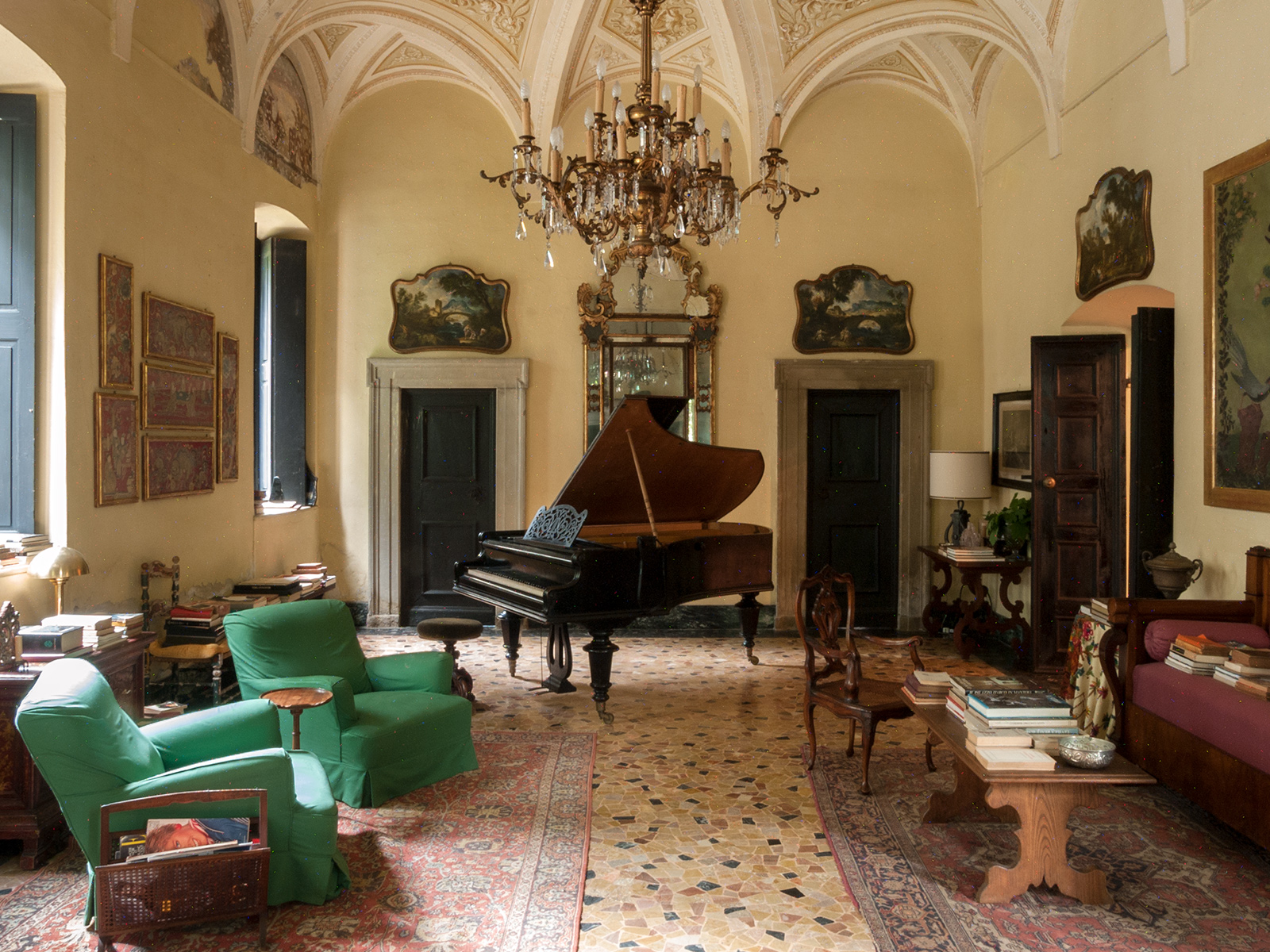
What’s your first thought when you enter a room?
The first thing I think about is the harmony of the room, whether or not and how things fit together. Not everything needs to match, but to create a home you need to create a balance, because every object says something about the people that live in it. And also in this case you have other characters like the housekeeper, so you need to reflect all these different personalities. We sourced some fantastic fabrics from a shop in Milan, but there are also a lot of simple things, everyday items which you may not even notice when you’re watching the film. Not everything has to sparkle, but everything must feel like it belongs.
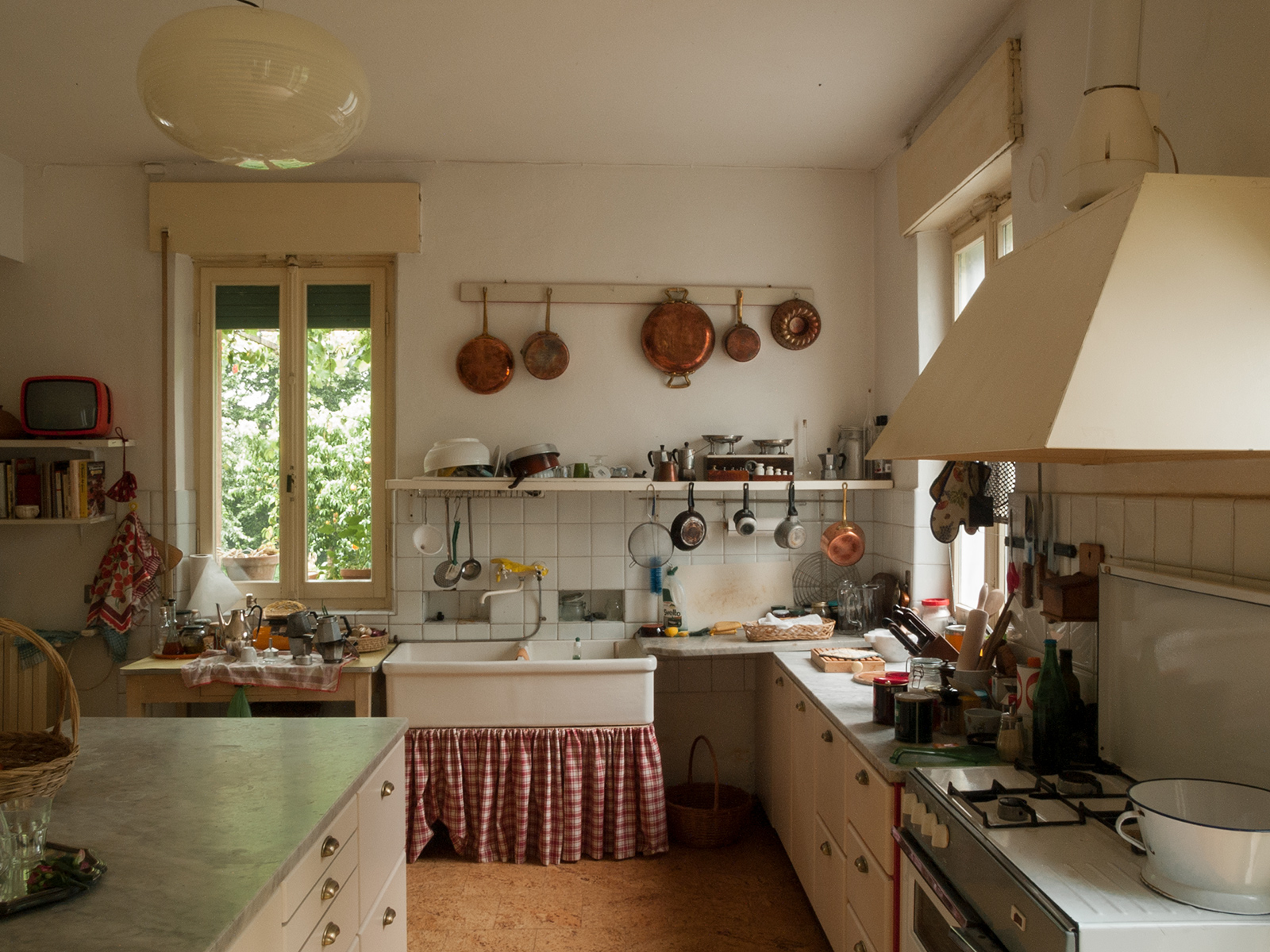
How would you describe your role as a set decorator?
It’s a difficult thing to describe. I worked for several years in an interior decorating studio with two friends, and also I designed fabrics in India, which gave me a good feeling for creating harmony between different materials. It’s always come very naturally to me, and I’m lucky that I have a good eye for finding objects and props.
Actually, for Call Me by Your Name I borrowed a lot of things from my father’s home, and some also from friends. I think that added to the sense of things in the house having a life. I think that’s the biggest part of my job, giving everything a story of its own.
Read next: Inside Twin Peaks’ scene-stealing sets

















